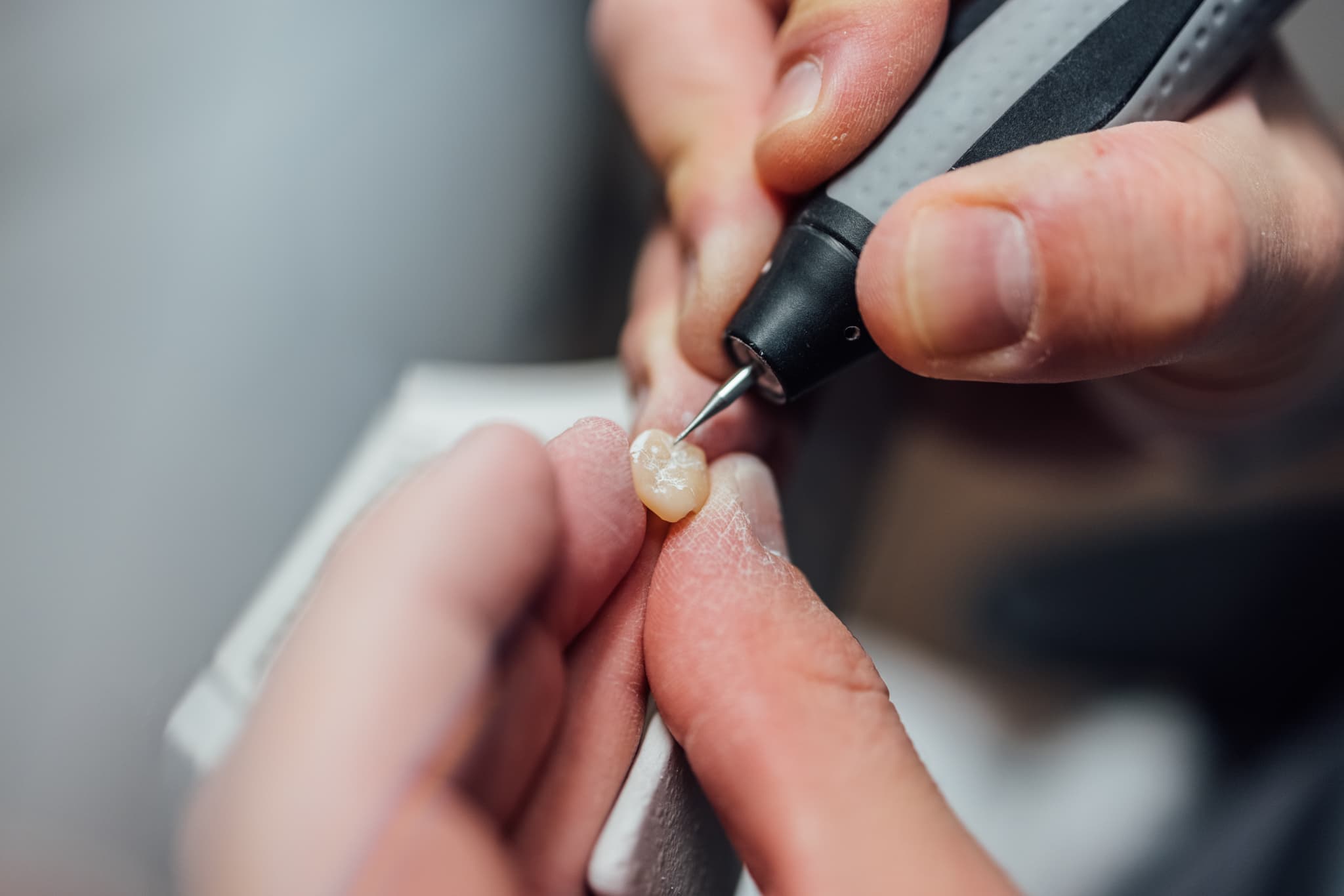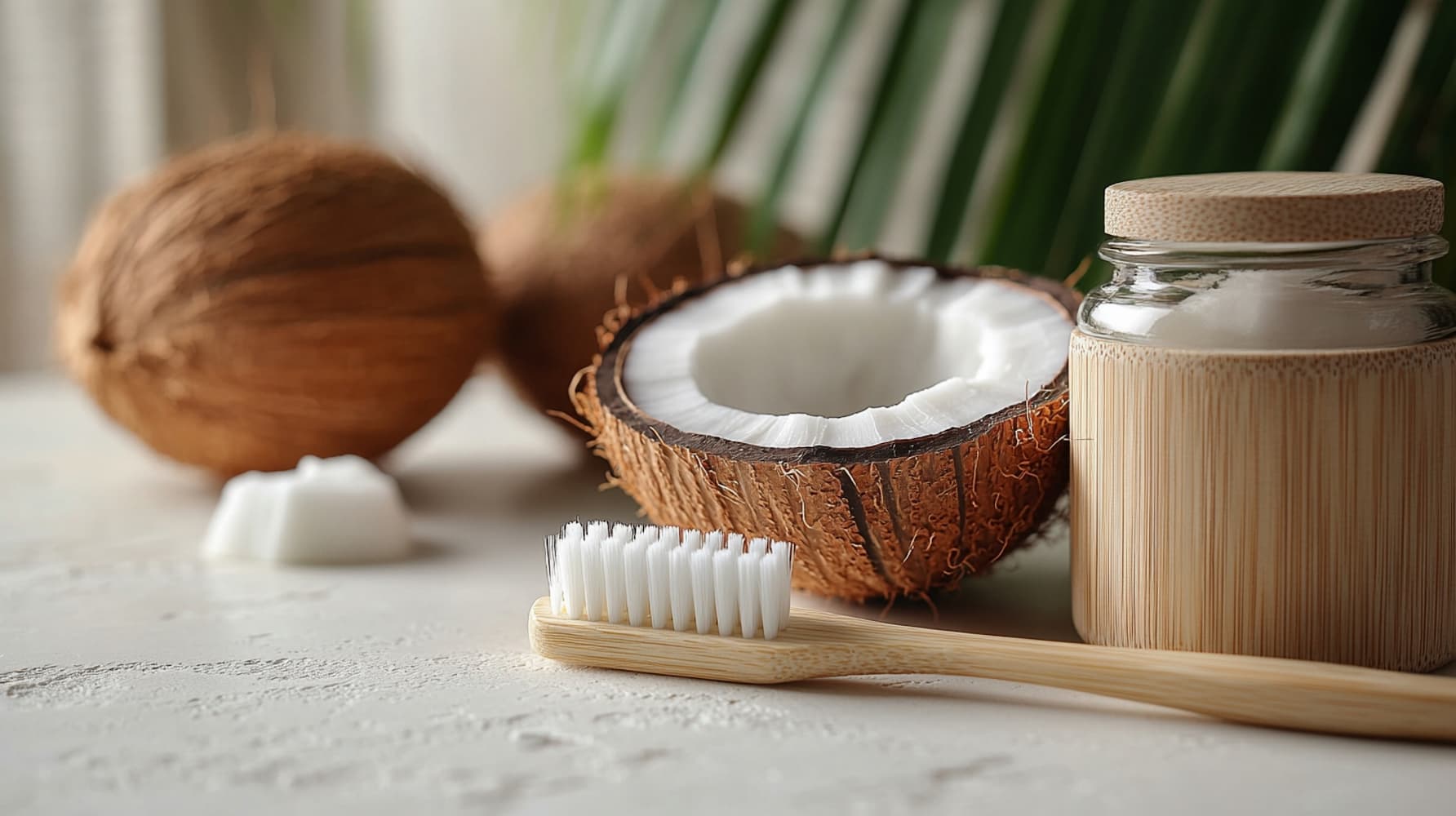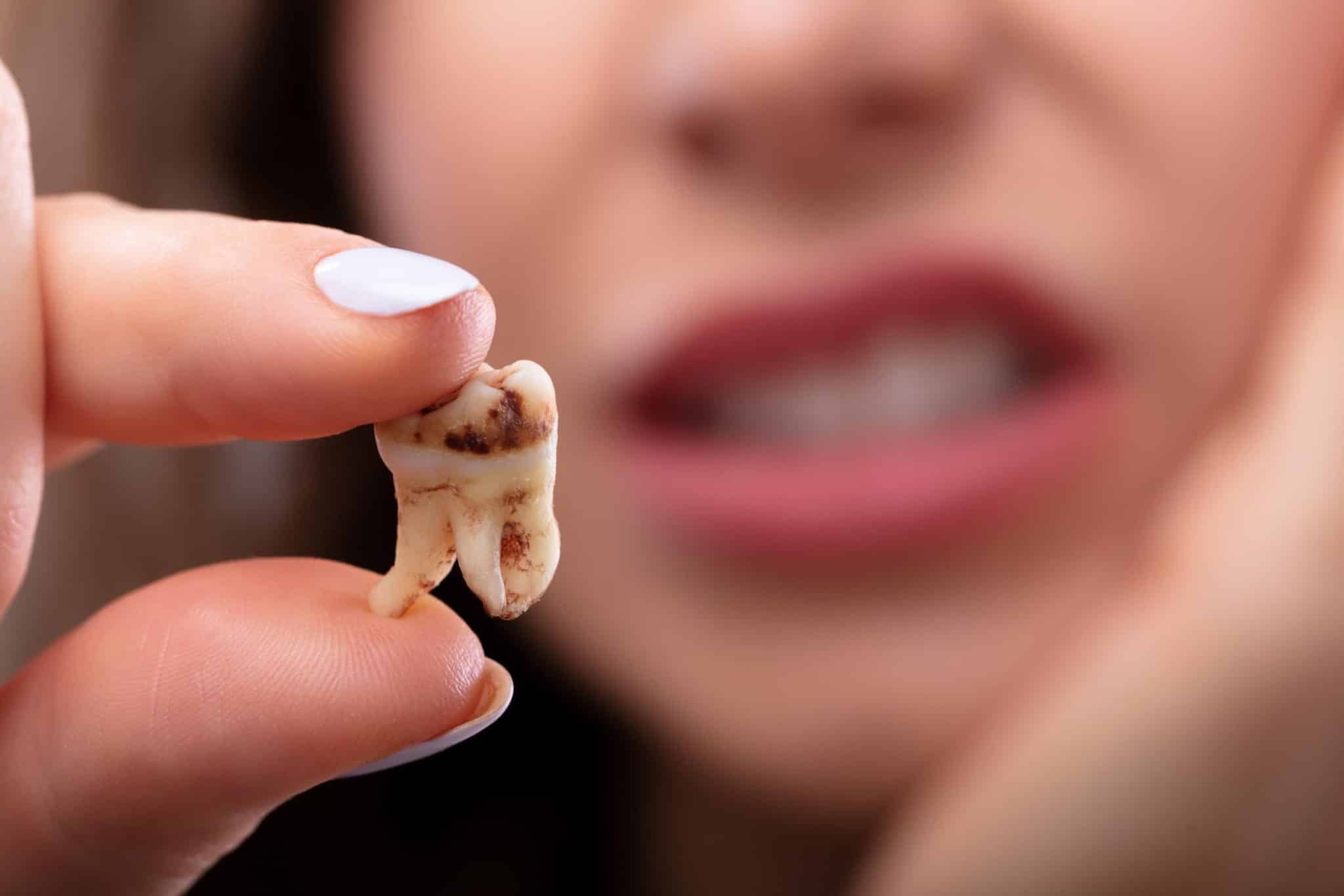In Summary
- Dental composite is a resin used to restore damaged or decayed teeth
- It offers excellent aesthetic results and adapts to the natural tooth color
- Less durable than ceramic, it remains an affordable and quick solution
- Its average lifespan ranges from 5 to 10 years, depending on care and oral hygiene
- It can be used on all teeth, including molars and devitalized teeth
- Proper maintenance helps extend its longevity without compromising comfort
- Dental composite is widely used for dental restorations. While less robust than other materials, it offers many benefits, especially in terms of ease of placement and cost-effectiveness
Dental composite is commonly used in dental restoration cases. It is less robust than other more durable solutions, but has many advantages, particularly in terms of simplicity of installation and price. It also adapts to many situations.

What is dental composite?
Dental composite, or “composite resin,” is a common material in dentistry. It helps restore a broken or damaged tooth by replacing missing tooth tissue.
Composite resin is especially used to:
• Fill cavities after treating tooth cavities;
• Replace an old amalgam filling;
• Restore a fractured or damaged tooth due to trauma;
• Enhance the aesthetic appearance of the smile, etc.
What are the advantages of dental composite?
Le composite dentaire présente de nombreux avantages pour les patients qui en ont besoin dans le cadre de leur traitement dentaire :
- Dental composite offers many advantages to patients:
- • It is easy and quick to apply: often completed in a single visit. In comparison, ceramic inlays/onlays require at least two visits.
- • It offers high aesthetic quality as it can be tinted to blend with the patient’s natural teeth, becoming almost invisible.
- • It helps preserve natural tooth structure: it bonds strongly to dental tissue and requires minimal removal of healthy structure.
- • It is reasonably durable: with regular maintenance, it lasts 5 to 10 years.
- • It is economical: generally cheaper than ceramic veneers, crowns, or bridges.
- • It is reversible: can be replaced if necessary.
What is the lifespan of a dental composite?
The lifespan of a composite depends on several factors:
• The quality of the composite used;
• The volume of replaced tissue;
• The dentist’s expertise;
• The patient’s oral health;
• The patient’s oral hygiene habits.Generally, a composite can last between 5 and 10 years.
What is the cost of a dental composite?
The cost of a composite treatment varies based on:
• The quality of the material;
• The amount used;
• The complexity of the procedure.
Every case is unique. Ask your dentist for a personalized quote.
How is a dental composite applied?
The procedure usually begins with local anesthesia, depending on the tooth’s sensitivity.
Then the dentist will:
• Remove the decayed tissue or
• Take an impression if the front tooth is broken.
A rubber dam is used to isolate the tooth. Then:
• The surface is etched;
• Rinsed and adhesive applied;
• The composite is placed in layers and hardened using a UV light;• The occlusion (the way the teeth bite together) is checked and finished with polishing.
How to care for a dental composite?
Good oral hygiene is essential to prolong its life. Tips include:
• Brush and floss thoroughly and follow dentist advice;
• Visit your dentist/hygienist regularly;
• Avoid staining drinks (tea, red wine);
• Do not bite hard foods;• Avoid nail-biting or bruxism (use a night guard if needed).
Composite or amalgam – which to choose?
Amalgam, often called “silver filling,” is becoming less common.
It is made of a silver metal alloy, making it aesthetically unappealing and unsuitable for front teeth.
Dental composite is the preferred alternative in most situations.
FAQ
Can a composite break easily?
Dental composite is fairly resistant, but repeated breakage may require switching to stronger materials like ceramic.
Can you whiten a composite?
No—whitening products do not work on composite. If whitening is planned, the composite must be replaced afterward.
Can you use composite on a devitalized tooth?
Yes. For a devitalized tooth (after removing the pulp), options include implant, crown, or composite filling.
What’s the difference between composite and composite resin?
None—“composite” is short for resin composite, the standard material used for dental restorations.
Can composite cause allergies?
Allergic reactions are rare but possible. Symptoms include irritation, itching, redness, swelling, or breathing difficulties. If this happens, consult your dentist immediately.
Can you smoke after getting a composite?
Avoid smoking for at least 48 hours. Tobacco stains and weakens the composite over time.
Can composite replace a crown?
No. For severely damaged teeth, a crown is more appropriate than composite.
Can a damaged composite be repaired?
Yes, a dentist can reapply composite. But if it breaks repeatedly, consider a more durable solution.
Can you apply composite on a molar?
Absolutely. Composite can be used on all teeth, including molars, after a cavity or trauma.


